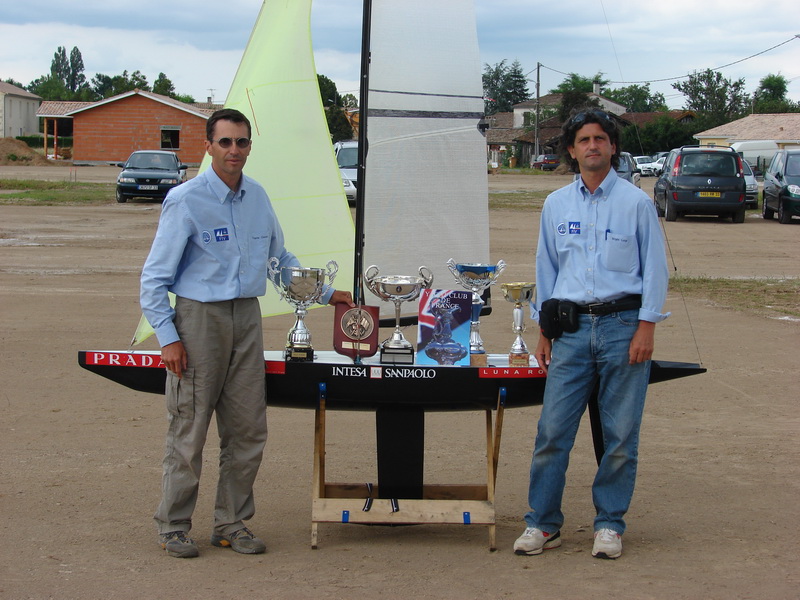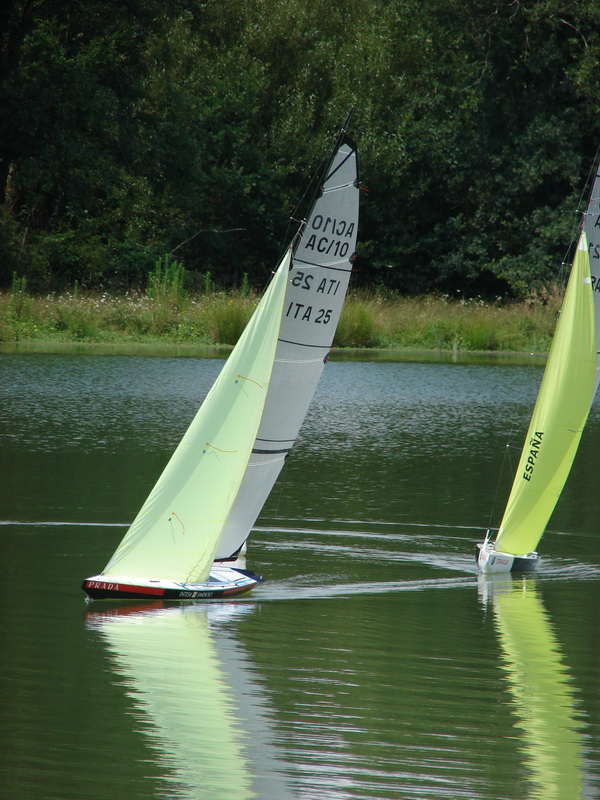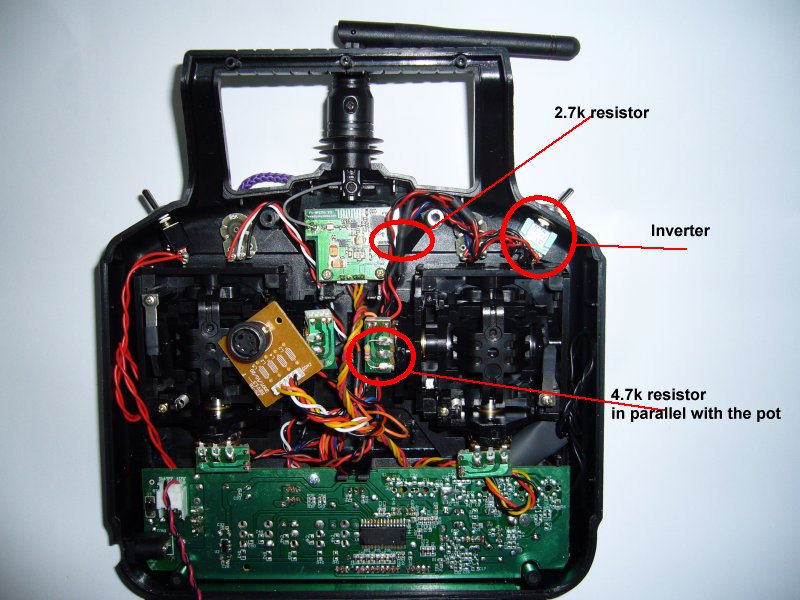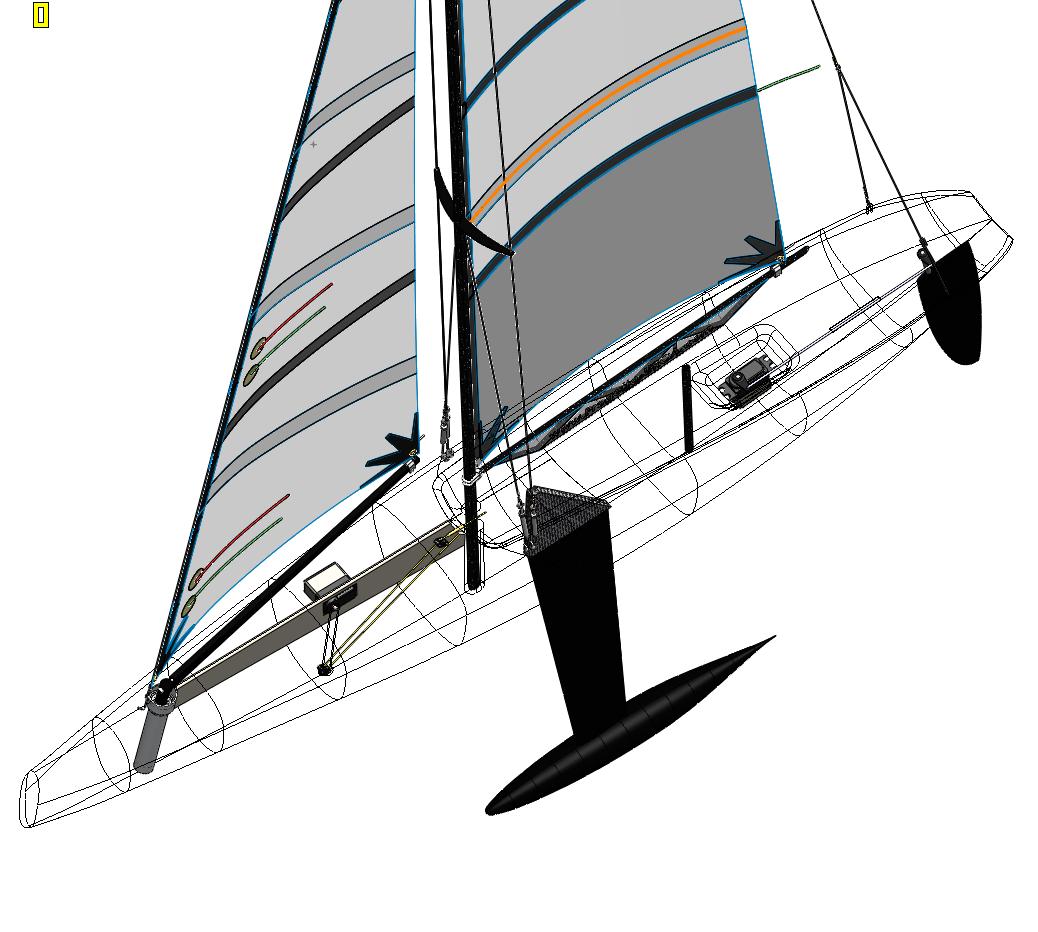Hi to all
Excuse me for the late comment, but I think that could be more polite well knowing the history before writing: any photos could speak more than write words
Urca AC/10 ITA 34 winner of selection for AC10 cup 2007 with the boom for jib
http://www.progetto-urca.com/urca/CA07/valencia_2007/piccole/01.JPG
Luna Rossa AC/10 ITA 25 winner of AC10 cup 2007 with genoa
http://www.progetto-urca.com/urca/CA07/AC10_2007/grandi/1_resize.jpeg


Urca AC/10 ITA 34 winner of AC10 cup 2008 with genoa
http://www.progetto-urca.com/urca/CA07/AC10_2008/Coppa08/grandi/14.JPG
http://www.progetto-urca.com/urca/CA07/AC10_2008/Coppa08/grandi/17.JPG
for other information could see
http://www.progetto-urca.com/urca/CA07/AC10_2008/Coppa08/index.htm
http://www.progetto-urca.com/urca/CA07/AC10_2007/index.htm
If anyone need see more images about mine genoa system, could see directly on mine site at this link http://www.progetto-urca.com/urca/ the images taken in Hobby Model Expo of Verona 2011 at this direct link
http://www.progetto-urca.com/urca/Eventi/modelexpo2011/URCA_vasca/index.htm
The genoa is controlled by 3 winch:
Nr. 1 that turn from one side to the other the genoa; it is not proportional and controlled by micro-switch for the end travel.
Autocontructed: 80 kg force of traction, 3.0 second to travel the 90 cm needed from one side to the other
Nr. 2 for the precision proportional trim for the fine regulation of sheeting (Special RMG 380 customized)
Nr. 3 for the genoa leech tension working with a barber positioned on the rail of sheeting point
Naturally for tacking is sufficient to utilize only nr1 winch controlled by the right transmitter stick: due to internal mechanic the regulation is completely symmetric on both boat’s side.
Electronic programmable mix allow to release a little the trimmer (2) and the barber (3) during movements left/ight and during opening regulation to allow best sheeting angle.
any closest details
http://www.progetto-urca.com/urca/Eventi/modelexpo2011/URCA_vasca/piccole/URCA%20MODELEXPO%20VASCA%200130.JPG
My complete genoa system on AC/10 weight less than 450 grams with a medium sheeting speed under charge of 350 mm/sec and a power of 80 Kg of traction
Bye
P.s. a similar system utilizing nr 2 (+1 optionally 1) digital arm servo (quite 150 grams totally) could be well used on one AC120 boat without problems. Anyway a normal jib boom could work well for competition use. My AC/10 didn’t gain nothig by utilizing genoa. The only advantage is during cicling utilizing genoa to improve quick and controlled movements of the boat
 albeit this topic was started over 1 year ago by myself I have been searching for Genoa ideas ever since, as you see earlier in this thread I had found your wonderful AC 10’s which I marvel over (read dripple) however had not opportunity to persue more about AC 10, until we met only recently in Italian forum.
albeit this topic was started over 1 year ago by myself I have been searching for Genoa ideas ever since, as you see earlier in this thread I had found your wonderful AC 10’s which I marvel over (read dripple) however had not opportunity to persue more about AC 10, until we met only recently in Italian forum.


